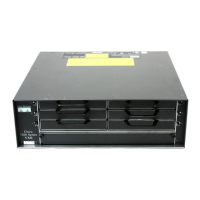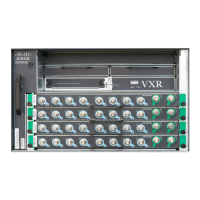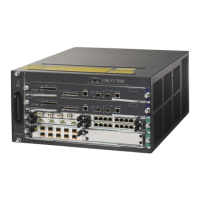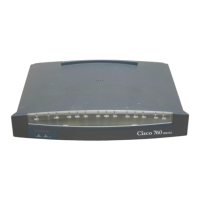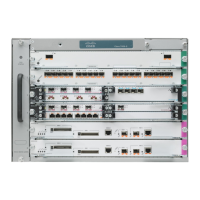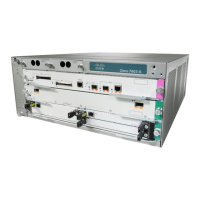10
Installation Prerequisites
• Do not perform any action that creates a potential hazard to people or makes the equipment
unsafe.
• Carefully examine your work area for possible hazards such as moist floors, ungrounded power
extension cables, and missing safety grounds.
Telephone Wiring Guidelines
Use the following guidelines when working with any equipment that is connected to telephone
wiring or to other network cabling:
• Never install telephone wiring during a lightning storm.
• Never install telephone jacks in wet locations unless the jack is specifically designed for wet
locations.
• Never touch uninsulated telephone wires or terminals unless the telephone line has been
disconnected at the network interface.
• Use caution when installing or modifying telephone lines.
Preventing Electrostatic Discharge Damage
Electrostatic discharge (ESD) damages equipment and impairs electrical circuitry. ESD occurs when
printed circuit boards or memory SIMMs are improperly handled and results in complete or
intermittent failures.
The I/O controller and network processing engine consist of a printed circuit board that is fixed in a
metal carrier. Electromagnetic interference (EMI) shielding, connectors, and a handle are integral
components of the carrier. Handle the I/O controller and network processing engine by their carrier
edges and handle; never touch the printed circuit board or connector pins.
Figure 8 shows the location of a printed circuit board when it is installed in a network processing
engine or I/O controller metal carrier. Do not touch the printed circuit board when handling either
component.
Figure 8 Handling the I/O Controller and the Network Processing Engine
Handle SIMMs by the edges only; avoid touching the memory modules, pins, or traces (the metal
fingers along the connector edge of the SIMM) (refer to Figure 9). Always wear a preventive
antistatic strap whenever handling SIMMs.
Printed circuit board
Metal carrier
H6419
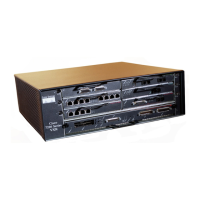
